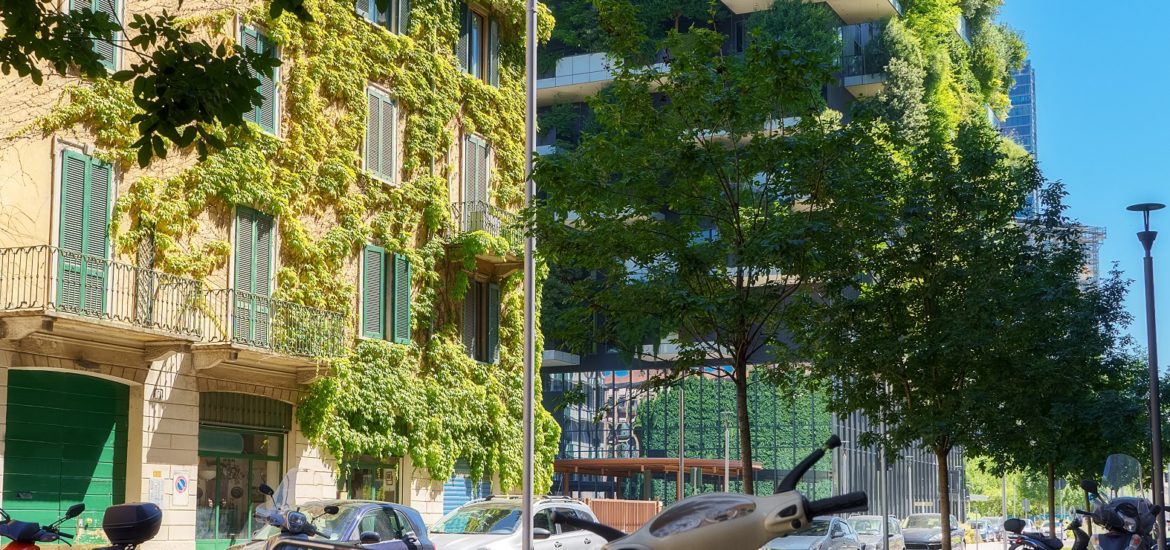The Italian real estate tax system configuration has a complex nature and involves all levels of government. It differs as a function of the parties involved (companies and professionals, or those not exercising the business activities and self-employment) and the nature of real estate (houses and buildings for industrial use). Thus, a case by case analysis should be conducted in order to ascertain the right tax treatment for income derived by real estate properties. Generally, the real estate tax consists of taxes on income, wealth and on the transfer deeds. There are four main categories of taxes levied on real estate:
- Nature of tax “income” whose premise is the income produced from the property or possession of the property (personal income tax, corporate income tax);
- Nature taxes “asset” whose premise is the ownership or possession of the property (IMU);
- Tax on public services provided to property owners (TASI);
- Tax on the transfer of property for consideration (VAT, registration, mortgage, land).
Income Tax
Real Estate income from properties situated in Italy is typically subject to Italian income taxes. The income generated by the properties contributes to the formation of the tax base which is applied to the personal income tax (PIT-IRES) levied on individuals and companies. For individuals the income derived from properties is subject to a personal progressive tax or and from 2011, on the lessor’s option, to the “flat rate tax scheme (cedolare secca)”. For companies’ income derived from properties is subject to corporate income taxes “IRES” levied at 24% rate on the net income a Regional Tax on Productive Activities (IRAP) of levied at 3.9% (i.e. standard rate) on the net production value.Click here to learn more.
